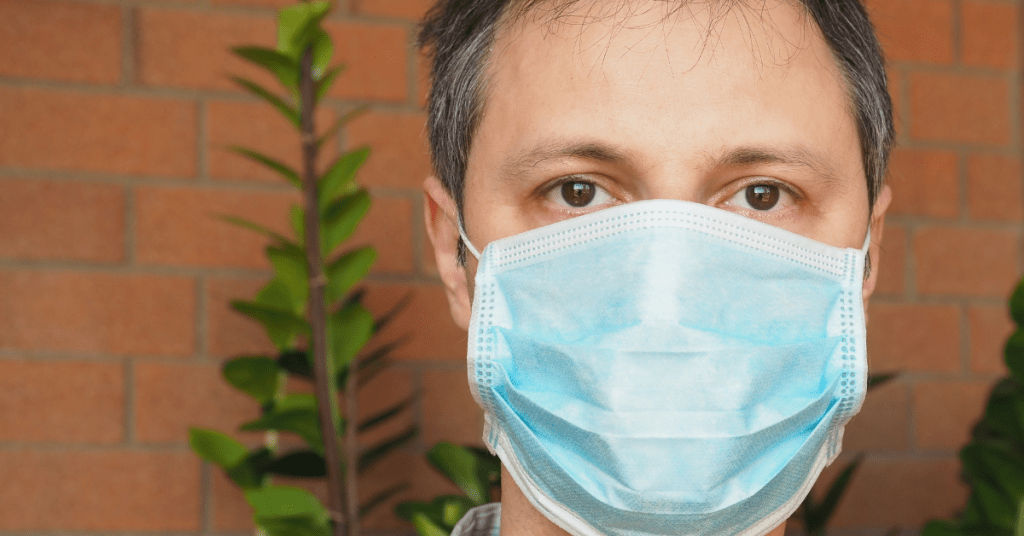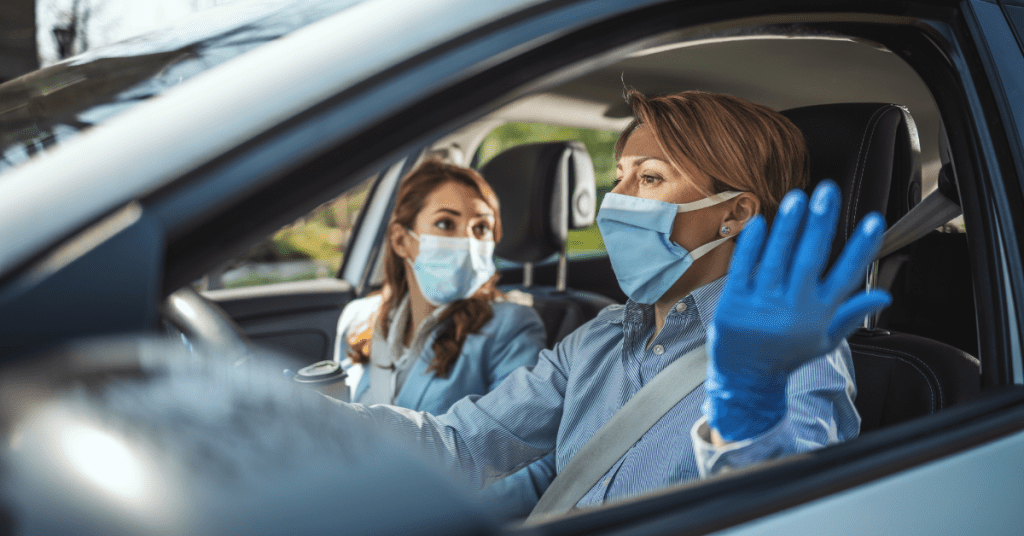Respiratory infections are among the most common illnesses affecting people worldwide, with Human Metapneumovirus (HMPV) emerging as one of the lesser-known but significant causes of such infections. While HMPV is not as widely discussed as the flu or RSV, it can lead to severe respiratory problems, particularly in vulnerable populations. Understanding how HMPV spreads and learning effective prevention strategies can help protect yourself and others.
Within this discourse we cover the basics of HMPV, its modes of transmission, symptoms, those most at risk, and actionable ways to reduce infection risk.

What is HMPV?
Human Metapneumovirus (HMPV) is a respiratory virus belonging to the Pneumoviridae family. Since its identification in 2001, researchers have found that it is one of the leading causes of respiratory tract infections in humans. Though often overshadowed by better-known viruses like influenza and RSV, HMPV is widespread and affects people of all ages.
HMPV infections typically occur during late winter and spring but can vary based on geographical regions. While many infections are mild, the virus can cause severe complications, especially in high-risk groups.
How Does HMPV Spread?
Understanding how HMPV spreads is crucial for preventing its transmission. Here are the primary ways the virus spreads:
1. Respiratory Droplets
HMPV is primarily spread through respiratory droplets produced when an infected person sneezes, coughs, or even talks. These droplets contain viral particles that can be inhaled by people in close proximity, leading to infection.
2. Direct Physical Contact
Close physical contact with an infected person, such as shaking hands, hugging, or caregiving, can transmit the virus. This makes household transmission particularly common.
3. Surface Contamination
HMPV can survive on surfaces for extended periods, making it easy to contract the virus by touching contaminated objects like doorknobs, toys, or smartphones. If you touch your face (especially your mouth, nose, or eyes) after coming into contact with these surfaces, you risk becoming infected.
4. Airborne Transmission in Closed Spaces
Though not as significant as respiratory droplets, small viral particles can remain suspended in the air in poorly ventilated areas, increasing the risk of airborne transmission. This is particularly concerning in enclosed spaces such as public transport or crowded rooms.
Who is Most at Risk?
While HMPV can infect anyone, certain groups are more vulnerable to severe illness:
- Young children: Their immune systems are still developing, making them susceptible to respiratory infections.
- Elderly adults: Immunosenescence, or the natural decline in immune function with age, puts older adults at higher risk of complications.
- People with chronic conditions: Individuals with asthma, chronic obstructive pulmonary disease (COPD), or heart disease are more likely to experience severe symptoms.
- Immunocompromised individuals: Those undergoing chemotherapy, organ transplants, or living with autoimmune diseases are especially vulnerable.
Understanding these risk factors is vital for tailoring prevention strategies and ensuring high-risk groups receive adequate care.

Symptoms of HMPV Infection
HMPV symptoms range from mild to severe, often mimicking those of the common cold or flu. Here’s what to watch out for:
Mild Symptoms
- Runny or stuffy nose
- Cough
- Sore throat
- Fever
- Fatigue
Severe Symptoms
- Difficulty breathing
- Wheezing
- Rapid breathing
- Bluish discoloration of the skin (cyanosis), especially in severe cases
The severity of symptoms often depends on the patient’s age, immune status, and overall health. Young children and older adults may develop complications such as pneumonia or bronchitis, which require medical intervention.
How to Prevent HMPV Infection
Preventing HMPV requires a combination of hygiene practices, responsible behavior, and awareness. Here are actionable ways to avoid infection:
1. Practice Good Hand Hygiene
- Wash your hands frequently with soap and water for at least 20 seconds.
- If soap and water are unavailable, use a hand sanitizer containing at least 60% alcohol.
- Teach children the importance of regular handwashing, especially before meals and after playing outdoors.
2. Avoid Close Contact with Sick Individuals
- Minimize close interactions with people showing symptoms of respiratory illness.
- If you are a caregiver, wear a mask and wash your hands after contact with the patient.
3. Regularly Disinfect Surfaces
- Clean and disinfect frequently touched objects and surfaces, including phones, door handles, and countertops.
- In childcare settings, disinfect shared toys and play areas regularly.
4. Wear Masks in Crowded Areas
- Use a face mask in crowded or enclosed spaces to reduce the spread of respiratory droplets.
- Masks are especially important during peak respiratory virus seasons.
5. Improve Ventilation
- Keep indoor spaces well-ventilated by opening windows or using air purifiers.
- Proper ventilation helps reduce the concentration of viral particles in the air.
6. Strengthen Your Immune System
- Eat a balanced diet rich in fruits, vegetables, and lean proteins to support immune function.
- Stay hydrated, exercise regularly, and get adequate sleep.
- Consider taking vitamin supplements like vitamin C and D, as recommended by your doctor.
7. Educate Yourself and Others
- Stay informed about HMPV and other respiratory viruses.
- Educate children and family members about the importance of hygiene and preventive measures.
What to Do If You Suspect an HMPV Infection
If you or a loved one develops symptoms that align with HMPV, here are the steps to take:
- Seek Medical Advice
- Consult a healthcare provider to confirm the diagnosis and receive appropriate care.
- Severe cases may require oxygen therapy or hospitalization.
- Isolate the Patient
- Limit contact with others to prevent the spread of the virus.
- Use a separate room and bathroom if possible for the infected individual.
- Follow Symptom Management Guidelines
- Rest and stay hydrated.
- Over-the-counter medications can help alleviate symptoms like fever or congestion, but consult a doctor before administering them.
- Monitor Symptoms
- Keep an eye on worsening symptoms, especially in young children or elderly adults.
- Seek emergency care if breathing difficulties or bluish skin develop.
Why Awareness Matters
Despite being relatively unknown to the general public, HMPV is a significant contributor to global respiratory infections. Increased awareness can lead to earlier diagnosis, better prevention, and reduced transmission rates. By adopting simple preventive measures, individuals and communities can work together to minimize the impact of this virus.
For further information or to consult with healthcare experts, visit our Ask a Question page.
Human Metapneumovirus may not always make headlines, but its impact on respiratory health is substantial. By understanding how it spreads and implementing preventive strategies like hand hygiene, surface disinfection, and maintaining good ventilation, we can significantly reduce the risk of infection. Protect yourself and your loved ones by staying informed and taking proactive steps.
Remember, prevention is always better than cure. If you experience symptoms or suspect exposure, seek medical attention promptly to ensure proper care. Stay safe, stay healthy, and let’s work together to keep HMPV at bay!

